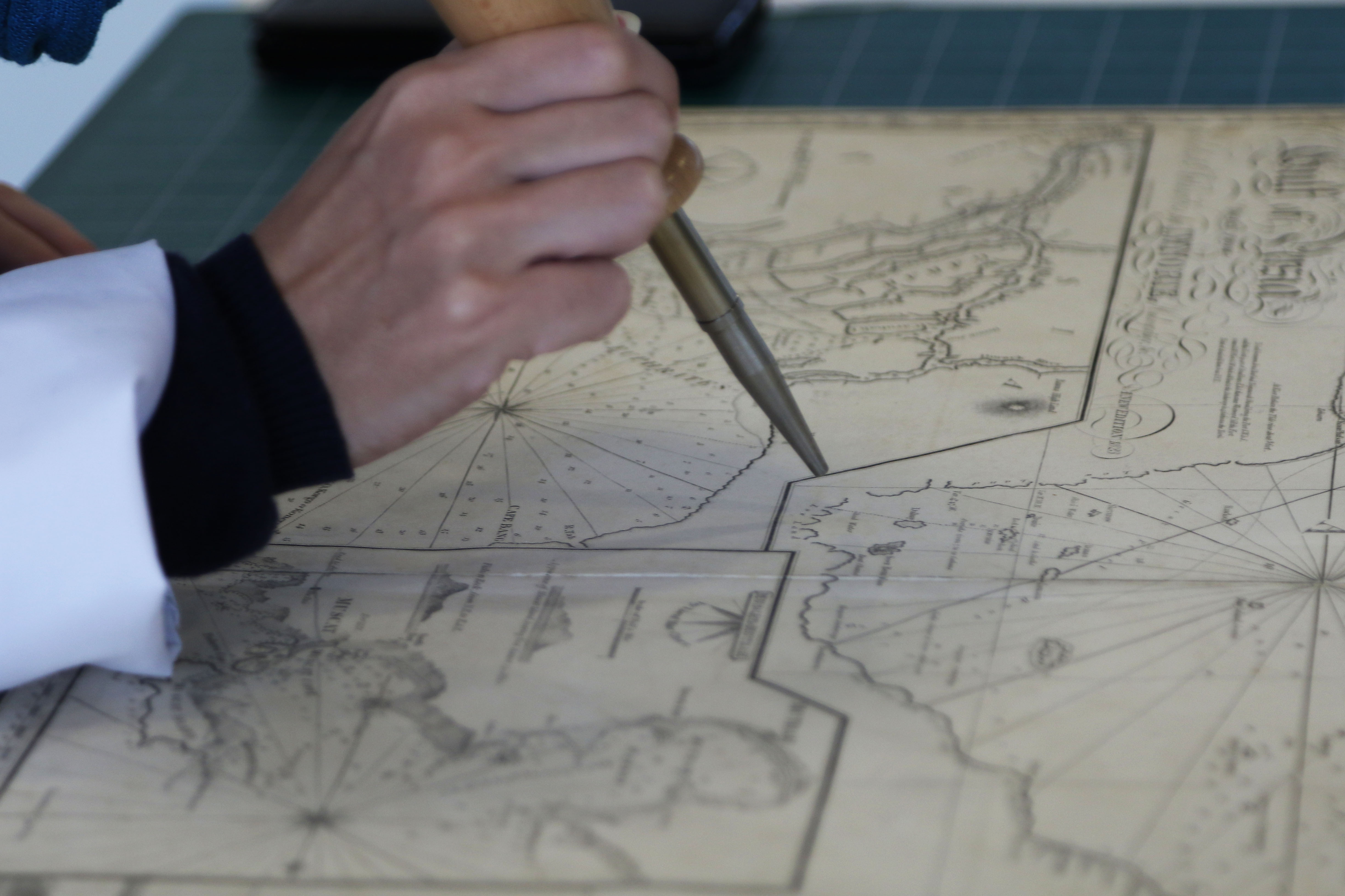Susan Reilly is Director of Digital Library, Licencing & Copyright at Qatar National Library, Doha
With a European Parliament vote on copyright reform looming it’s worth taking a look at the relationship between digital preservation and copyright law and why we need copyright reform at international level to help ensure the preservation of the digital cultural and scientific record.
You don’t need to be a lawyer to figure out that one of the biggest challenges facing digital preservation today is copyright. Digital preservation usually necessitates the making of several copies, shifting formats or making derivative works, circumvention of technical protection measures, not to mention making available. Each one of these acts can require an exception and limitation in copyright law.

Possibly one of the least discussed aspects of the current proposal for an EU Directive on Copyright in the Digital Single Market is Article 5 on the preservation of cultural heritage, which introduces a mandatory exception to the right of reproduction allowing cultural heritage institutions to make copies of items (in any format) in their collection for the purpose of preservation. This article recognises the fact that a single copy is not sufficient for digital preservation and that it is necessary to multiple copies. It also allows for format shifting. The proposed directive also has a provision on technical protection measures but does not go far enough in providing a mechanism for recourse should rights owners not cooperate in allowing cultural heritage institutes to circumvent these measures for the purpose of preservation.
What such a proposal does is harmonise preservation exceptions and limitations across Europe and this will help to facilitate cooperation across borders. The proposal does not, however, explicitly address cross border cooperation and making available and this is a massive missed opportunity.
There are over 1.29 billion websites on the web today and that number increases by about 5 websites per second. If you check www.internetlivestats.com you’ll find that around 7839 tweets are posted, over 2.5 million emails sent and 815 instagram photos uploaded every second. The sheer volume of digital information out there is staggering. It is an impossible task for libraries and archives to preserve all published digital information. Whether it is to preserve online journals, websites or social media, the only way to address the challenge of the volume of digital information is to share responsibility on an international level. To do this we need some level of harmony across national copyright laws as well as the ability to share digital information across borders.
The most recent WIPO study on exceptions and limitations for libraries by Prof. Kenneth Crews shows that we are not even close to achieving the sort of international harmonisation of copyright law necessary to facilitate cooperation on digital preservation at a global level. In his analysis of the copyright laws of the 199 WIPO member states Crews found that an exception for the purpose of preservation was the most common library exception in copyright law. 102 of the countries have an exception for preservation but this does not necessarily mean that these exceptions facilitate digital preservation. In fact, often these exceptions are limited to making single copies and only 53 countries provide for an exemption to allow circumvention of technical protection measures. Most frustrating for those libraries who are investing in digital preservation is that often there is no provision to allow for copies to be made available to the public, even on dedicated terminal on the premises. Only 34 countries have an exception for making preservation copies available i.e. making copies available for viewing on dedicated terminals. In practice, this can result in digital information that may not be otherwise available remaining under lock and key for anything between 50 and 120 years.
What is needed is a global legislative and policy framework that will allow libraries to collaborate and share infrastructure to support the preservation of digital cultural and scientific record. Such a framework should identify and address the realities of dealing with the transient and borderless digital environment of the world wide web.
